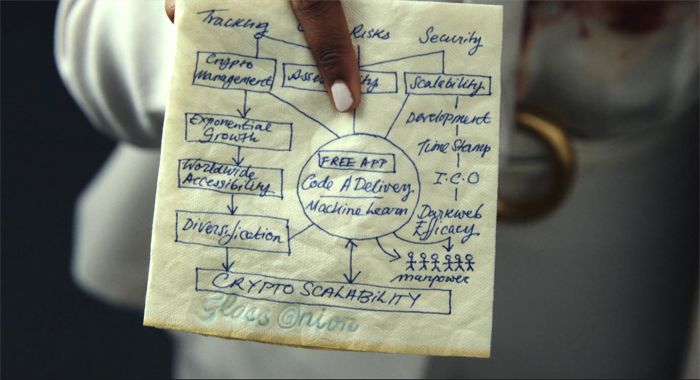
GUEST POST from Mike Shipulski
1. If you want to grow leaders, meet with them daily.
2. If you want to grow leaders, demand that they disagree with you.
3. If you want to grow leaders, help them with all facets of their lives.
4. If you want to grow leaders, there is no failure, there is only learning.
5. If you want to grow leaders, give them the best work.
6. If you want to grow leaders, protect them.
7. If you want to grow leaders, spend at least two years with them.
8. If you want to grow leaders, push them.
9. If you want to grow leaders, praise them.
10. If you want to grow leaders, get them comfortable with discomfort.
11. If you want to grow leaders, show them who you are.
12. If you want to grow leaders, demand that they use their judgment.
13. If you want to grow leaders, give them just a bit more than they can handle and help them handle it.
14. If you want to grow leaders, show emotion.
15. If you want to grow leaders, tell them the truth, even when it creates anxiety.
16. If you want to grow leaders, always be there for them.
17. If you want to grow leaders, pull a hamstring and make them present in your place.
18. If you want to grow leaders, be willing to compromise your career so their careers can blossom.
19. If you want to grow leaders, when you are on vacation tell everyone they are in charge.
20. If you want to grow leaders, let them chose between to two good options.
21. If you want to grow leaders, pay attention to them.
22. If you want to grow leaders, be consistent.
23. If you want to grow leaders, help them with their anxiety.
24. If you want to grow leaders, trust them.
25. If you want to grow leaders, demonstrate leadership.
Image credit: Unsplash
![]() Sign up here to join 17,000+ leaders getting Human-Centered Change & Innovation Weekly delivered to their inbox every week.
Sign up here to join 17,000+ leaders getting Human-Centered Change & Innovation Weekly delivered to their inbox every week.


 Drum roll please…
Drum roll please…




